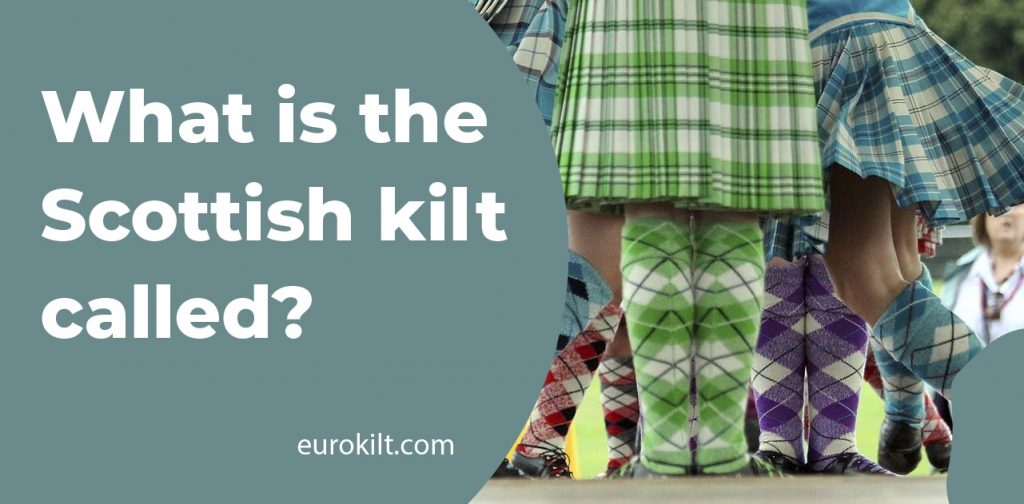Best Kilts For Men And Women
What is the Scottish Kilt called?
Kilts have deep cultural and historical roots in Scotland. They’re a time-honored symbol of patriotism and carefully stored between wearings. The word ‘kilt’ derives from the ancient Norse word, Kilt, meaning ‘pleated,’ and refers to clothing tucked up and around the body.
The Scottish Kilt (plural kilts) is also called.
- A plaid, pleated school uniform skirt, sometimes structured as a wraparound, sometimes pleated throughout the entire circumference, was also worn by boys in the 19th-century United States.
- Various non-bifurcated garments are made for men and loosely resemble a Scottish kilt, but they are most often made from different fabrics and not always with tartan plaid designs.
The first mention of kilts is in 1538. They were worn as full-length garments by Gaelic-speaking Scots Highlander men. The knee-length Kilt we see today didn’t come around until the early 18th century.
. The first kilts were white, brown, green, or black. Clans people used plants, mosses, and berries to dye the wool. As time passed, they developed plaids for specific clans, the colors most likely based on which natural dyes were nearby. These plaids became known as tartan cloth.
The word ‘kilt’ derives from the ancient Norse word, Kilt, meaning ‘pleated,’ and refers to clothing tucked up and around the body. The Norse were all over Scotland, generally uninvited, and it’s a pleasing irony that the word for Kilt is of their derivation.
Kilts are known as the Scottish national dress, recognized the world over.
Rawlinson’s Kilt is the earliest documented example of a small kilt with sewn-in pleats, a distinctive feature of today’s Kilt.
A proper kilt is usually accompanied by a sporran, a small bag worn around the waist and over the Kilt. It’s the Gaelic word for a purse; A kilt pin holds the two pieces together at the front; the Sgian dubh (skee-an doo) is a small dagger that sits in the sock.
What is the knife called worn with a kilt?
Often spelled Skean Dhu, a Sgian Dubh is a traditional Scottish, single-edged knife worn as part of a highland wear outfit. The word Sgian Dubh, directly translated from Gaelic, means black (dubh) dagger (sgian).
Conclusion:
The belted plaid became popular for Highland men during the 17th (By 1822, for ceremonial events.) This ‘great kilt’ emerged as a sign of affluence. In Gaelic, it was called breacan-an-feileadh or tartan wrap. There was also a woman’s version that came into style during this time. Called an arisaid, it was worn down to the ankles and made from white tartan cloth with a wide-spaced pattern.
Note:
Kilts for Sale you should buy this for men – Scottish Kilt and Welsh kilts – available online at a cheap rate.
FAQs
How long is a kilt?
Traditionally, the Kilt should hang to the middle of the knee cap, and to take this measurement, the man must kneel on the floor, and a second person will measure from the belly button to the bottom.
Are tartan and Kilt the same?
Tartan is used to make a kilt.
A kilt is a piece of tartan worn around the waist. However, a ‘proper’ kilt is usually accompanied by: A sporran – a small bag worn around the waist, over the Kilt. The sporran is the Gaelic word for a purse.
What is a Highlander’s Kilt called?
Highland dress is the traditional, regional dress of the Highlands and Isles of Scotland. Its category is tartan (plaid in North America).
What is the Scottish outfit called?
What’s a Kilt? A kilt is the most famous traditional Scottish garment: a skirt-shaped knee-length piece of apparel typically worn by men. And they’re pretty much always covered in tartan, which is the main reason why tartan patterns are so iconic.
Can you wear a kilt casually?
You can always pair the Kilt with a plain T-shirt and sneakers to look effortlessly casual. By matching the Kilt with sneakers, your outfit will give off an entirely relaxed, contemporary vibe.
Why was the Kilt banned in Scotland?
Because the Kilt was widely used as a battle uniform, the garment soon acquired a new function—as a symbol of Scottish descent. So shortly after the Jacobites lost their nearly 60-year-long rebellion at the decisive Battle of Culloden in 1746, England instituted an act that made tartan and kilts illegal.

